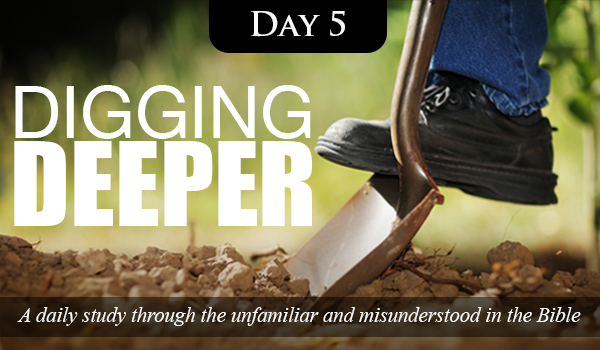
The 12 stones that adorned the breastpiece
Whenever Aaron enters the Holy Place, he will bear the names
of the sons of Israel over his heart on the breastpiece of decision
as a continuing memorial before the Lord.
Exodus 28:29
Ever since I was a kid, I have enjoyed viewing and collecting precious and semi-precious stones. When I heard about the bejeweled breastpiece that the high priest wore in the Old Testament era, I was intrigued.
In Exodus 28, God laid out through Moses the type of garments that his brother, Aaron, and Aaron’s sons, were to wear as they carried out their priestly duties. This included: a breastpiece, an ephod, a robe, a woven tunic, a turban and a sash (vs. 4). The description of the breastpiece in particular caught my attention because of the 12 stones that adorned it. The reason for 12 stones was because they represented the 12 sons of Jacob, who later became known as the 12 tribes of Israel (vs. 21). They were (in birth order): Reuben, Simeon, Levi, Judah, Dan, Naphtali, Gad, Asher, Issachar, Zebulun Joseph, and Benjamin.
The breastpiece was made of fine yarn, linen, and gold with four rows of three stones each. Each stone had the name of each tribe engraved on it. The true identity of these stones is not fully known. Over time, the various translations gave them identities that closely resembled what was thought to fit the best. Many of our modern day gemstones could not have been cut or engraved upon during the Old Testament era. Having given this disclaimer, the NIV translation uses the following names:
- First row – carnelian, chrysolite, and beryl
- Second row – turquoise, lapis lazuli, and emerald
- Third row – jacinth, agate, and amethyst
- Fourth row – topaz, onyx, and jasper
These 12 stones are the foundation for our birthstones today. Further, I find it amazing and more than coincidental that most or all of these same stones are used to describe the New Jerusalem in Revelation 21. The city had 12 gates, one for each of the 12 tribes. The foundation of the city’s walls contained 12 stones that sure seem to be the same ones described in the breastplate. There is a whole lot more worth studying here, but simply not the space to do it.
Here’s a reminder of the breastplate that Paul admonished all believers to wear:
But since we belong to the day, let us be sober, putting on faith and
love
as a breastplate, and the hope of salvation as a helmet.
1 Thessalonians 5:8 (see also Ephesians 6:14)